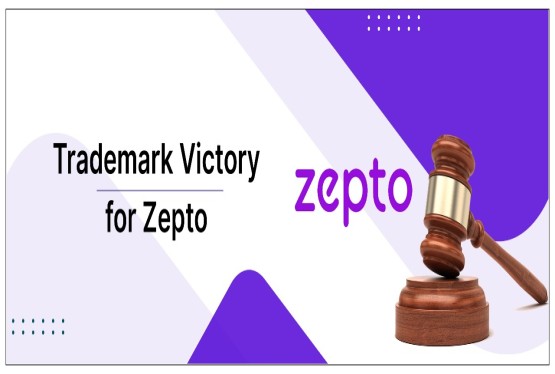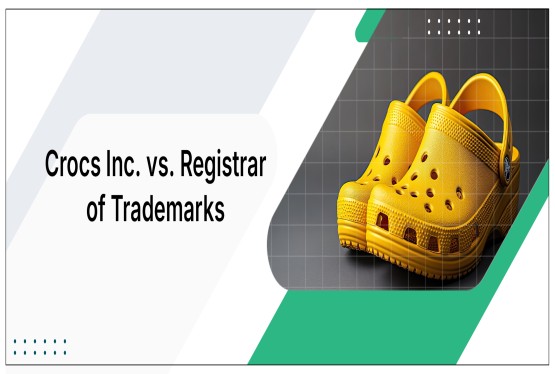The brand name or logo that identifies a company is called a trademark. A company uses a trademark to sell products or provide services. It is a mark that can help set the company's products apart from those of its rivals. A name, number, design, letter combination, or color can all be used as trademarks. It is a distinctive mark that identifies the product or service's origin. In India, trademark owners and proprietors can register their trademarks for unique catchphrases, company names, taglines, logos, and captions.
Category of Trademarks in India
In India, trademarks fall into a variety of categories, including words, logos, colors, and more. Every type of trademark needs its own registration. Only one trademark category may be selected by the trademark owner in the trademark registration application. The trademark falls into the following categories:
- Word Mark: A word mark is a single word or a string of letters, numbers, or words. The definition of the word is not necessary. Even a random letter combination with or without numbers may be used.
- Device Mark: Any sticker, label, logo, monogram, or geometric figure that isn't a word mark is considered a device mark. It has designs and drawings in it.
- Color: It is made up of one or more colors, either with or without a device mark that sets it apart from other colors.
- Three-dimensional: Trademarks include things like the Xbox 360 logo, whiskey bottles, and other products' packaging or shapes.
- Sound: A trademark can be used to a melody that sets apart the goods or services that a company provides.
Device Marks in Trademarks
A device mark is a graphic image or design, which may or may not have words. The device mark may be represented along with colours. However, if the proprietor of a trademark obtains trademark registration for a logo or design containing colours, then the same colours have to be used throughout to seek trademark protection.
When trademark proprietors wish to obtain trademark registration for a particular stylised appearance or a combination of stylised wording, colour, shape, and design, they must choose device mark registration in the trademark application. Registering a device mark prevents the third parties from using a similar logo or design for their products or services, rather than the words incorporated in the logo.
Examples of a device mark trademark are – The Android, Apple Logo, etc.
Pros and Cons of Device Mark Registration
People find the device mark to be eye-catching and visually pleasing. People find it easier to recall the design than the words that are affixed to the products or services. Utilizing a logo or design with distinctive components across a range of items will help the company get awareness and enhance its reputation and goodwill. A device mark's disadvantage is that it lacks versatility. If there is no flexibility, the mark must be used exactly as it was described in the application for trademark registration. The design will no longer be protected by the initial trademark registration if any minor modifications are made. The trademark search for a logo or design mark is more difficult with device mark registration than with word mark registration, which is another disadvantage. During registration, the owner must submit any additional information that is required, such as a logo description or drawing.
Word Marks in Trademark
Only the words or letters are registered as a trademark in a word mark. The style or manner in which the words or letters are written, portrayed, the font size used, the design linked to the words, or any other graphic aspect of the letters or words are not taken into consideration when registering a word mark. Only the brand name is eligible for trademark protection. The most popular type of trademark registration is this one.
The right to use and represent a word in any font or format is granted to the trademark owner upon registration of the term or combination of words, letters, or numerals. It gives the owner the sole right to use the entire word regardless of style for the goods and services for which registration is obtained.
Pros and Cons of Word Mark Registration
Flexibility is a benefit of word mark registration. The ability to portray words or letters in any way, style, font, or design is known as flexibility. Therefore, wider protection is guaranteed by the word mark. Nonetheless, the phrase or words must be spelled exactly as they appear in the trademark registration application.
Because two applications must be submitted independently, registering a word and a logo can be costly. Alternatively, the owners of the trademark may register the brand name and use their preferred logo to represent it.
A word mark's drawback is that it lacks aesthetic appeal. As a result, consumers could find it challenging to recall the brand name. Additionally, customers may become confused and find it difficult to remember if the owners continue to alter how your word mark is represented.
Device Marks and Word Marks Trademark Registration
Before submitting their trademark application, trademark owners must choose whether to register their word mark or device mark. Whether to register the brand name and logo together or only the brand name, they must choose between the two options. Instead of merely a logo, a company's brand name typically consists of both words and a logo. To get the most protection for their company, business owners should ideally submit separate trademark applications for their term and logo. Nevertheless, it would be costly to submit two trademark registrations for the name and logo. Because it can be expressed in any way and offers more protection than a device mark, it is therefore preferable to register the trademark as a word mark.
For instance, the Microsoft corporation has registered the word mark, or their brand name, "Microsoft," as a trademark. Their logo was recently altered. They had to file a new trademark application in order to get a new registration for the modified logo if they had already registered it as a device mark. None of the later-created logos would be protected by the original trademark filing for the original logo. Microsoft could easily change their logo because they registered their trademark as a word mark.






























_(b)_of_the_Trademark_Act,_1999_(1)_crop10_thumb.jpg)



_crop10_thumb.jpg)




























_crop10_thumb.jpg)
_crop10_thumb.jpg)






_crop10_thumb.jpg)








_crop10_thumb.jpg)
_crop10_thumb.jpg)



_crop10_thumb.jpg)





























_crop10_thumb.jpg)

















_crop10_thumb.jpg)






_crop10_thumb.jpg)












































































































































_crop10_thumb.jpg)



































_crop10_thumb.jpg)












_crop10_thumb.jpg)






















